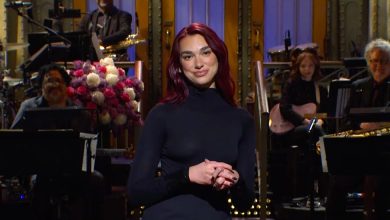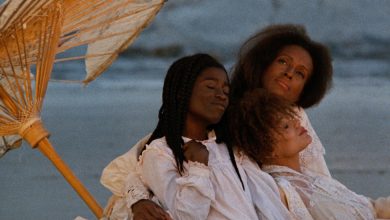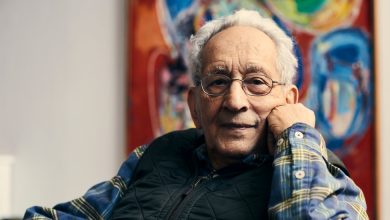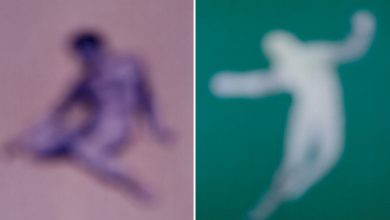Art Isn’t Supposed to Make You Comfortable
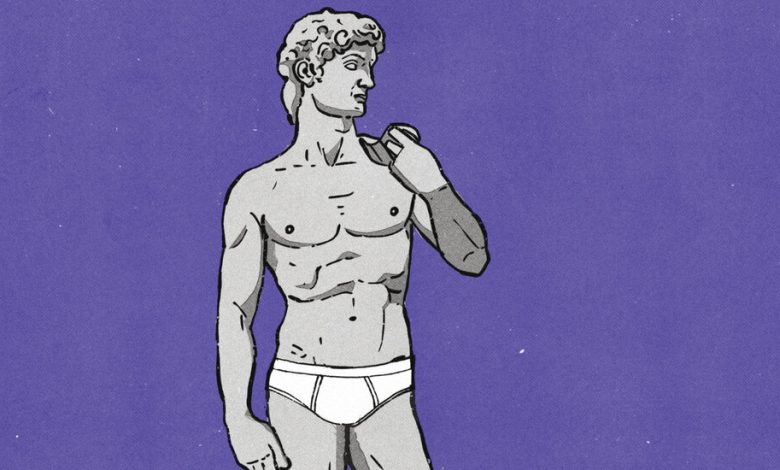
When I was in college, I came across “The Sea and Poison,” a 1950s novel by Shusaku Endo. It tells the story of a doctor in postwar Japan who, as an intern years earlier, participated in a vivisection experiment on an American prisoner. Endo’s lens on the story is not the easiest one, ethically speaking; he doesn’t dwell on the suffering of the victim. Instead, he chooses to explore a more unsettling element: the humanity of the perpetrators.
When I say “humanity” I mean their confusion, self-justifications and willingness to lie to themselves. Atrocity doesn’t just come out of evil, Endo was saying, it emerges from self-interest, timidity, apathy and the desire for status. His novel showed me how, in the right crucible of social pressures, I, too, might delude myself into making a choice from which an atrocity results. Perhaps this is why the book has haunted me for nearly two decades, such that I’ve read it multiple times.
I was reminded of that novel at 2 o’clock in the morning recently as I scrolled through a social media account dedicated to collecting angry reader reviews. My attention was caught by someone named Nathan, whose take on “Paradise Lost” was: “Milton was a fascist turd.” But it was another reader, Ryan, who reeled me in with his response to John Updike’s “Rabbit, Run”: “This book made me oppose free speech.” From there, I hit the bank of “Lolita” reviews: Readers were appalled, frustrated, infuriated. What a disgusting man! How could Vladimir Nabokov have been permitted to write this book? Who let authors write such immoral, perverse characters anyway?
I was cackling as I scrolled but soon a realization struck me. Here on my screen was the distillation of a peculiar American illness: namely, that we have a profound and dangerous inclination to confuse art with moral instruction, and vice versa.
As someone who was born in the States but partially raised in a series of other countries, I’ve always found the sheer uncompromising force of American morality to be mesmerizing and terrifying. Despite our plurality of influences and beliefs, our national character seems inescapably informed by an Old Testament relationship to the notions of good and evil. This powerful construct infuses everything from our advertising campaigns to our political ones — and has now filtered into, and shifted, the function of our artistic works.
Maybe it’s because our political discourse swings between deranged and abhorrent on a daily basis and we would like to combat our feelings of powerlessness by insisting on moral simplicity in the stories we tell and receive. Or maybe it’s because many of the transgressions that flew under the radar in previous generations — acts of misogyny, racism and homophobia; abuses of power both macro and micro — are now being called out directly. We’re so intoxicated by openly naming these ills that we have begun operating under the misconception that to acknowledge each other’s complexity, in our communities as well as in our art, is to condone each other’s cruelties.

